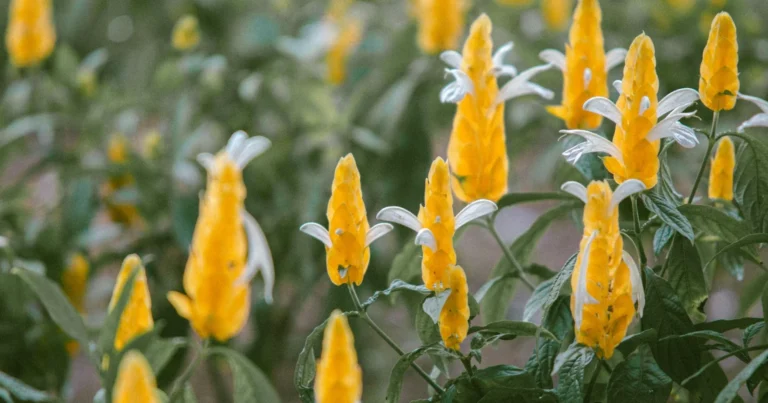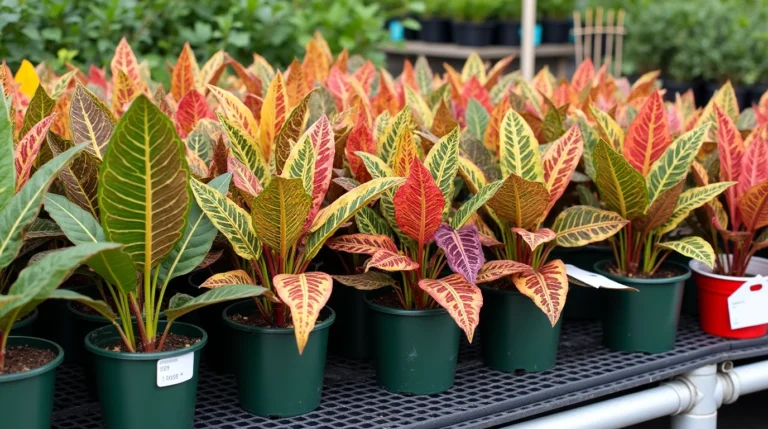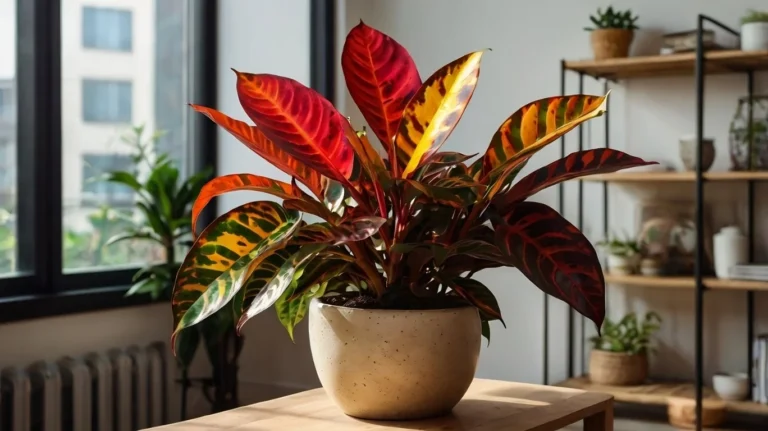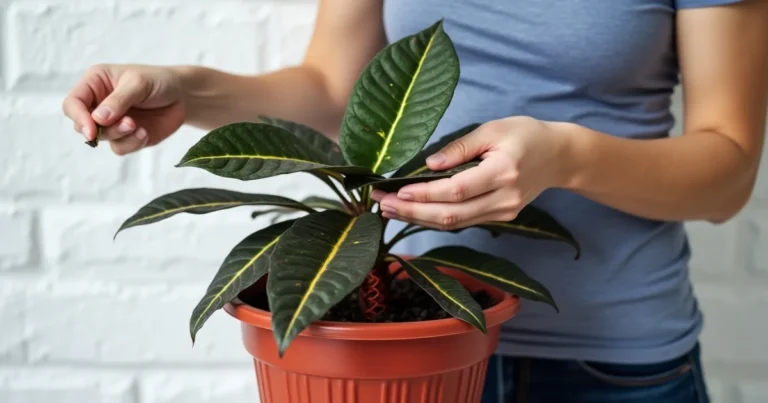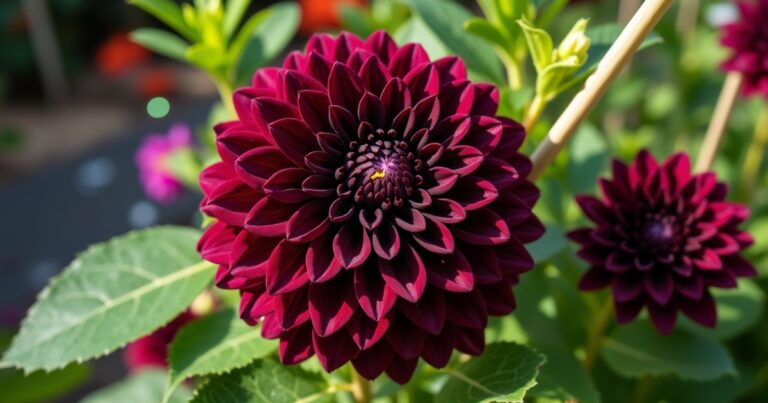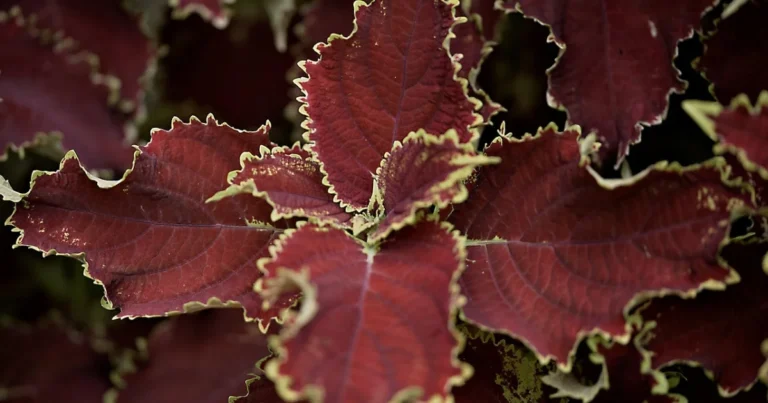5 Proven Tips About Male Weed Plants You Need to Know Now
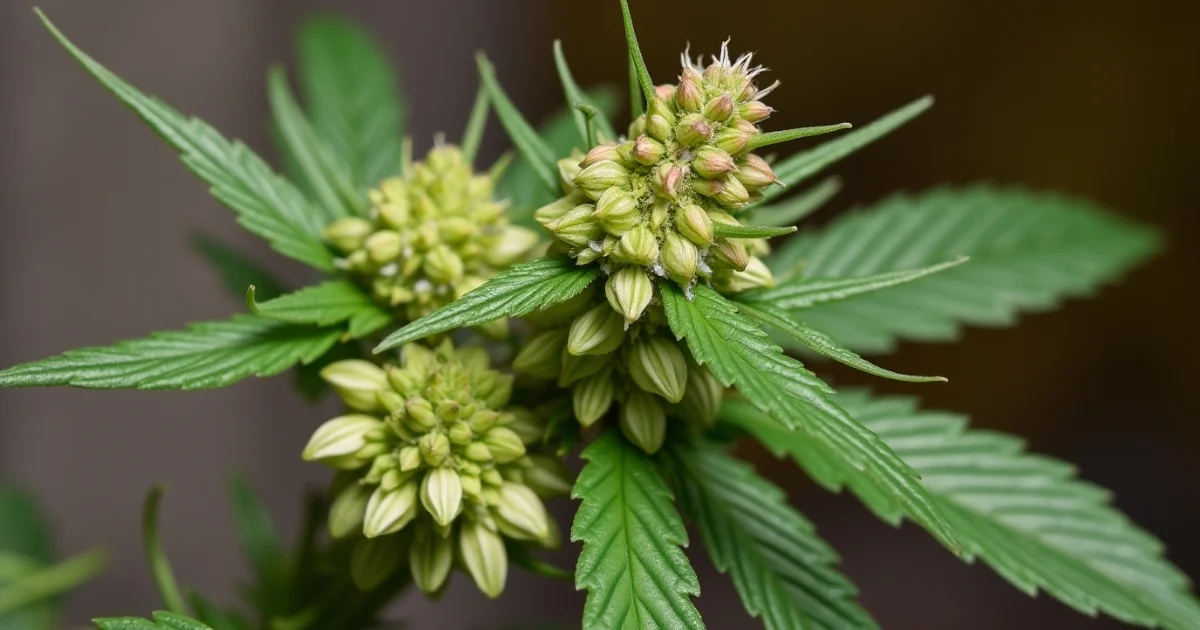
Though they might not create those recognisable, sticky buds, don’t jump to write them off too quickly. From reproducing robust genes to creating robust hemp fibres, male weed plants are absolutely vital for cannabis growing. Actually, knowing how to spot, tend to, even use male cannabis plants will help you improve your growing performance.
We are dissecting all you need to know in this guide “the top 5 proven tips about male weed plants” most farmers ignore. Whether you’re indoors or out, or experimenting with breeding, you will learn how to identify their features, prevent beginner errors, and use them to your advantage. Let’s follow the facts instead of the legends.
Table of Contents
Understanding Hens and Chicks Plant Basics
What is a Male Weed Plant and Its Origin
Scientifically categorized as either Cannabis sativa or Cannabis indica, male weed plants have a unique but sometimes misused role in the cannabis life cycle. Male marijuana plants lack the sticky, resin-filled buds connected with THC-rich consumption unlike their female counterparts. Rather, they grow pollen sacs, which are absolutely vital for fertilization and reproduction.
Originally thousands of years old, cannabis farming has been used in ancient Central Asian societies for ceremonial purposes and herbal medicine using male marijuana plant pollen. Growers started choosing and dividing male and female weed plants depending on particular agricultural aims as the cannabis plant expanded worldwide across India, the Middle East, Africa, and finally the Americas: seed production, fiber, or high-potency blooms.
Male Weed Plant vs Female
| Variant Name | Key Characteristics | Notable Uses or Benefits |
| Male Weed Plant | Produces pollen sacs; lacks cannabinoid-rich buds | Breeding, hemp fiber production |
| Female Weed Plant | Produces flowers/buds rich in THC/CBD | Consumption, oil extraction, medicinal use |
| Hermaphrodite Plant | Has both pollen sacs and buds | Rare; typically undesirable for cultivation |

Knowing Your Male Weed Plant Requests
Light Requirements
Light is survival fuel, not just a convenience. The engine room for male cannabis plants, photosynthesis drives nutrient absorption, stem strength, and general health. Bad light hinders development and causes stress that results in underdevelopment or hermaphroditism.
Direct vs. Indirect Light
- Direct Light:
- Pros: Encourages robust growth and healthy flowering
- Cons: Can overheat or burn leaves in intense midday sun
- Indirect Light:
- Pros: Safer for young plants or during heatwaves
- Cons: Slower growth, less vigorous development
Evaluating Your Space’s Lighting Levels
Try these tips to experience light quality:
- Use a light meter or smartphone app to measure lux or foot-candles
- Monitor shadow sharpness at different times of day
- South-facing windows typically provide the best indoor light
| Area/Room | Light Level | Recommendations |
| Living Room | Bright | Great for full exposure male weed plants |
| Kitchen | Moderate | Rotate plants weekly for balanced growth |
| Bathroom | Low | Supplement with grow lights if needed |
Watering Basics
Water is life; too little or too much will wre havoc. Male cannabis plants, particularly in the vegetative stage, need constant moisture—but not soggy roots.
Recognizing Overwatering vs. Underwatering
- Overwatering Signs:
- Yellowing leaves
- Mushy, odoriferous soil
- Drooping despite wet roots
- Underwatering Signs:
- Dry, curling leaves
- Wilting
- Soil pulling away from the container edges
Best Practices for Watering
- Water till it runs out from the bottom.
- Let the top inch of dirt go dry between sessions.
- Adjust based on humidity, heat, and growth stage
- Avoid watering at night to prevent fungal growth
Soil and Nutrients
Good male weed plants require well-draining soil high in organic content. Availability of nutrients in soil strongly influences root development, stress resistance, and blooming behavior.
Choosing the Right Potting Mix
Look for a mix that offers:
- Fluffy texture for root aeration
- Perlite or coco coir for drainage
- A hint of compost or worm castings for nutrition
Fertilization and Nutrient Management
- Use nitrogen-rich fertilizers during vegetative stages
- Switch to phosphorus-heavy blends if preparing for breeding
- Avoid chemical overload; less is more
- Watch for deficiencies like:
- Purple stems (phosphorus)
- Pale leaves (nitrogen)
- Brown spots (potassium)
Temperature and Humidity
Cannabis male plants flourish in moderate, under regulated conditions. Too cold or too humid and you are encouraging mildew, fungus, and nutrient lockout.
Ideal Temperature Ranges
| Plant Type | Temperature Range (°F/°C) | Notes |
| Temperate | 70–85°F / 21–29°C | Ideal for indoor male weed plants |
| Tropical | 75–90°F / 24–32°C | Needs higher humidity and light |
| Desert | 65–80°F / 18–27°C | Avoid overwatering in dry air |
Managing Humidity Levels
- Use humidifiers or dehumidifiers depending on climate
- Group plants together to retain moisture
- Mist lightly during dry spells
- Ensure airflow with fans to prevent mold
Indoor vs. Outdoor Male Weed Plant Maintenance
Indoor Male Weed Plant Care Tips
Indoor setups offer full control, which is key for breeding projects involving male cannabis plants.
- Use reflective grow tents or LED lights
- Control light cycles (18/6 or 24/0 during veg stage)
- Choose breathable pots to avoid root rot
- Monitor humidity with hygrometers
- Train plants with LST for bushier growth
Outdoor Male Weed Plant Care Considerations
Outdoor conditions can benefit male marijuana plants if space and privacy aren’t issues.
- Watch for cross-pollination with nearby female plants
- Use fencing or netting to deter pests
- Prepare for rainfall with well-draining soil
- Adjust planting times to avoid early flowering
- Harvest pollen before natural elements degrade it
Troubleshooting Common Male Weed Plant Problems
Pest Management
- Spider Mites – Use neem oil or insecticidal soap
- Aphids – Introduce ladybugs or spray with water and soap
- Fungus Gnats – Let soil dry, use sticky traps
- Whiteflies – Spray with garlic or peppermint oil
Disease Prevention and Treatment
Common issues include powdery mildew, root rot, and damping-off in seedlings.
- Keep humidity below 60%
- Clean grow space regularly
- Use organic fungicides when needed
- Ensure proper drainage
Pruning and Propagation Techniques
- Wait until the plant has 5+ nodes
- Sterilize pruning shears
- Trim lower leaves and small branches
- Use cuttings for experimental propagation (though male cuttings are rarely used)
Seasonal Male Weed Plant Strategies
Spring and Summer Care
Warmer months mean active growth.
- Increase watering frequency
- Apply nitrogen-heavy fertilizer
- Begin training and pruning early
- Monitor for early pollen sac formation
Fall and Winter Care
Colder seasons can trigger premature flowering or plant stress.
- Reduce watering as evaporation slows
- Bring outdoor plants inside or use row covers
- Add supplemental grow lights
- Avoid breeding during cold snaps
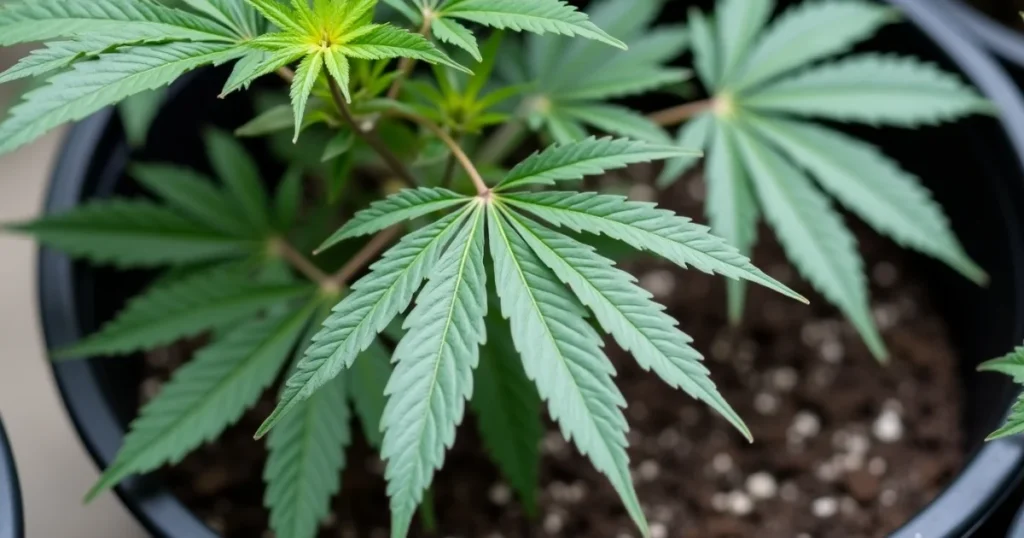
Conculsion
Though they are less often cared for than their female counterparts, male weed plants are extremely important in the cannabis life cycle—particularly for seed generation and breeding. Male plants are vital for fertilisation but not for consumption high in THC as unlike females they form pollen sacs instead of sticky buds.
Make sure they are planted in well-draining soil high in organic matter and get enough brilliant, indirect light to keep them healthy. Though overwatering or letting the ground totally dry out might cause stress or root problems, consistent watering is vital. Control of temperature and humidity is also very important since excesses could cause developmental problems or sickness.
Growing either indoors or outside, it’s important to keep an eye on surroundings and guard the plants against mould and pests. While seasonal care changes—like extra water in summer or supplemental lighting in winter—may make a major impact, training and pruning can help enhance airflow and structure.
From regulated breeding programs to robust, healthy genes, you may maximise what male weed plants have to give by knowing these essentials and remaining sensitive to their needs.
FAQs
How to identify male weed plants ?
Male weed plants can be identified by their pre-flowers, which develop early in the growth cycle. Look for small, round pollen sacs (like tiny balls) that form at the nodes (where the leaves meet the stem). Unlike female plants, they don’t produce hair-like pistils. Male plants usually grow taller and more sparsely than females.
Early signs of male plant ?
One of the earliest signs is the appearance of pollen sacs within the first few weeks of the flowering stage. These sacs look like tiny clusters and don’t have white hairs (stigmas). Male plants also tend to stretch quickly in height compared to females.
How to make a male plant female ?
Unfortunately, you can’t naturally turn a true male plant into a female one. Sex is genetically determined in cannabis. However, with specific techniques like hormone treatments or stress-induced reversal, growers can create hermaphrodites—but this is generally only used with female plants for breeding purposes, not male-to-female conversion.
Do male weed plants bud ?
No, male weed plants do not produce buds like female plants. Instead, they form pollen sacs, which are used to fertilize females. These sacs do not contain high levels of cannabinoids like THC or CBD.
Why are male weed plants bad ?
Male weed plants are not “bad,” but they’re often unwanted in grows aimed at producing smokable buds. Their pollen can fertilize female plants, leading to seeded buds and lower THC content. However, they’re crucial for breeding and seed production.
When to remove male weed plants ?
If you’re not planning to breed, male plants should be removed as soon as they’re identified—typically within the first two weeks of flowering. Early removal prevents accidental pollination of nearby females, which would reduce flower quality.
Do male weed plants produce seeds ?
No, male plants alone cannot produce seeds. Seeds are created when male pollen fertilizes a female plant. The female then develops seeds within her buds. So, both male and female plants are needed for seed production, but the male only provides the pollen.
Why are male weed plants useless ?
They’re not useless—they’re just misunderstood. While male plants aren’t used for producing consumable buds, they’re essential for genetic preservation, breeding new strains, and industrial hemp fiber production. Their value depends on the grower’s goals.

